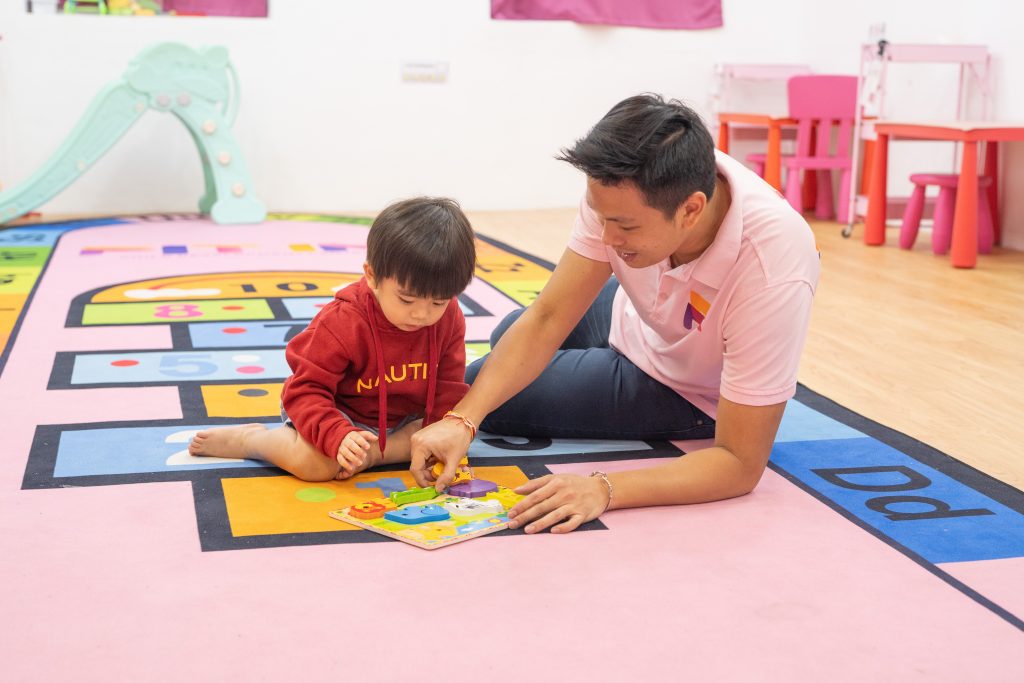
ABA Therapy: What Parents Need to Know
Applied Behavior Analysis, or ABA therapy, is one of the most widely used and research-supported interventions for children with autism spectrum disorder (ASD) and other developmental challenges. It focuses on improving socially significant behaviours such as communication, attention, learning skills, and daily living abilities, all through a structured, one-on-one approach tailored to each child’s individual needs.
ABA is built on the science of how behaviour works and how it is affected by the environment. The core idea behind ABA is that positive behaviours can be taught and reinforced, while challenging behaviours can be reduced through understanding their function and applying consistent strategies.

How ABA Therapy Works
ABA therapy begins with a comprehensive assessment to identify a child’s strengths, areas of need, and developmental level. Based on this, a personalised therapy plan, often called an Individualised Education Plan (IEP), is created. This plan breaks down skills into small, teachable steps, and therapists use various strategies such as prompting, reinforcement, and repetition to help the child learn.
The therapy is highly structured and typically delivered in one-to-one sessions by trained ABA therapists. Sessions often include a mix of structured table work and play-based learning to keep the child engaged. Skills taught can range from basic communication and imitation, to toileting, self-help, turn-taking, and emotion regulation.
Core Principles of ABA Therapy
Positive reinforcement
Desired behaviours are rewarded to encourage repetition.
Prompting and fading
Support is provided and gradually reduced as the child becomes more independent.
Generalisation
Skills are practiced in different environments so the child can apply them beyond the therapy room.
Data-driven decisions
Progress is tracked through detailed data collection, and the therapy plan is adjusted based on results.
Who Can Benefit from ABA Therapy?

While ABA is most commonly associated with children with autism, it can also benefit children with ADHD, speech delays, developmental delays, and behavioural difficulties. The earlier a child receives intervention, the more effective the outcomes tend to be, which is why early intervention programs (EIP) that include ABA are highly recommended.
Parents often ask:
Is ABA therapy suitable for non-verbal children?
➤ Yes, it can help build early communication, including gestures, picture exchange, or speech sounds.How many hours per week should my child attend?
➤ This varies, but most children benefit from 10 to 20 hours per week of structured sessions.Is ABA therapy effective?
➤ Decades of research support its effectiveness, especially when started early and delivered consistently.
ABA Therapy at FIT IN Child Development Centre
At FIT IN, our ABA therapy programs are personalised, one-on-one, and delivered by qualified and experienced therapists who are passionate about early childhood development. We incorporate elements of speech and occupational therapy into our sessions to provide a more holistic experience for each child.
We begin every case with a developmental assessment, followed by a tailored ABA plan focused on achievable goals. Progress is closely monitored, and we regularly involve parents in the process through consultations and home-based practice guidance.
Our centres across Kuala Lumpur, Selangor, and Kerteh (Terengganu) are fully equipped with child-friendly therapy spaces and resources that support meaningful learning and engagement.
Let’s Take the First Step Together
If you’re concerned about your child’s development, whether it’s speech delay, behavioural issues, or lack of social interaction, ABA therapy may be the right step forward. We encourage you to schedule an assessment with our team and learn more about how we can help your child thrive.
📞 Contact us today via WhatsApp or email to book an appointment.



 Book Assessment
Book Assessment